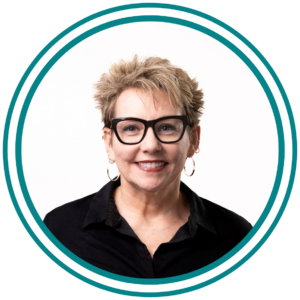“Bad libraries build collections, good libraries build services, great libraries build communities.”
– R. David Lankes, Director of the School of Library & Information Science, University of South Carolina
“If you build it, he will come.”
Any person of a certain age will recognize this quote from “Field of Dreams” (1989) starring Kevin Costner. His character, Ray, risks it all to build his baseball field of dreams and by the end, they do indeed come.
Any librarian over a certain age will recognize this philosophy of public librarianship that permeated the 80s and 90s… If we build it – if we build the best book collection, the best movie collection, the best storytime program, the best computer access – users will come.
And for a time, this was absolutely true. Then came the 21st century.
Smart phones, high-speed internet, and social media have permanently altered the way society functions. And public libraries are no exception.
Communities remain enthusiastic about resource sharing – movies, books, wireless hubs, power tools, Cricut cutters, and other costly apparatuses that individuals cannot afford on their own – but now they are looking for so much more.
The challenge for librarians? The needs of our communities vary greatly and are growing exponentially. How is a librarian supposed to continue traditional resource sharing while stretching to meet the growing needs arising from our diversifying/aging/expanding communities, particularly in light of shrinking budgets and rising costs?
This daunting task was the primary topic of conversation at the ALA Public Library Association bi-annual conference earlier this month.
Seven thousand public librarians from across the country descended on Columbus, OH, to discuss such issues as data-informed decision making, trauma-informed services, social service partnerships, human-centered leadership, culturally supportive community engagement, and services to diverse communities, such as veterans, adults with intellectual disabilities, LGBTQIA+ teens, English Language Leaners and incarcerated people all while strategizing the battle plan for fighting the intellectual freedom war on multiple fronts.
The conference was both inspiring and terrifying, much like public librarianship as a whole.
The public library is no longer just a physical space – the public library is a construct, a framework, a method, and a means of lifting up your community through programming, partnerships, materials, AND the provision of space to be and do all of those things and more.
Public libraries do a fantastic job serving those community members who come through our doors. But what about those people who don’t come through our doors? Who are they? Why don’t they come to us? What aren’t we providing that they need? Or do they need what we provide but they don’t understand or know that we provide it?
Or, more succinctly, who are our non-users and why are they non-users?
And this brings us back to the hot topic in public librarianship – data-driven service.
Library administrators, more than ever, need to examine the demographics of the communities we serve. We need to connect with other community leaders to find out the needs that have arisen in our community and determine how we can help. We need to find out more about young families looking for social-emotional learning opportunities. We need to find out more about our senior population and how they can be served. We need to look at the newcomers to our community who may need English language learning tools.
This idea isn’t new to librarianship – it’s the same premise as ordering more large print books for a branch near a senior living community, but on a more impactful scale.
Using hard data – the demographics of the community as well as continual assessment – allows library administrators to be laser focused on explicit community needs. Knowing the specific needs of delineated segments of the community will ensure that expenditures are more efficiently and effectively applied for maximum benefit.
Library administrators are insanely busy – we wear all the hats nearly every day. Taking time to look at the figures, to talk to community leaders, to survey the public does have a cost. But think of it as an investment – paying up front to reap the dividends later.
This work is not for the faint of heart, nor is it easy. But it is IMPORTANT work – work that will make for a better, more complete library experience for your entire community, not just your current users.
Getting started can be incredibly intimidating. But truly, all you need is the time, the willingness, and a plan.
You bring the time and the willingness. HSLC will help craft the plan. Just let us know when you’re ready to take the plunge.

Erin Halovanic, Director of Library Services


